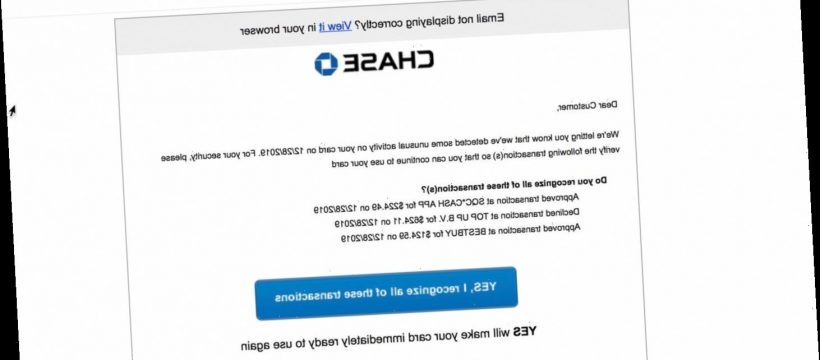Online scammers stole about $2.3 million from a Texas school district in an email phishing scam, officials said.
The Manor Independent School District in Manor, Texas, about 15 miles southwest of Austin, reported the incident and said the FBI is investigating.
“The investigation is still ongoing” and there were “strong leads in the case” as of Jan. 10, the district said in a statement.
The Manor Police Department is also investigating. A school official told CBS Austin that the scammers used the information they stole to pull off three separate fraudulent transactions.
The district, which runs eight elementary school campuses, did not release additional details on the incident.
Take a good look at a phishing e-mail from a hacker (Photo: screenshot)
Phishing is an illegal practice in which scammers send emails or texts in hopes of getting unsuspecting people to click on links or open attachments, thus allowing the scammers to gain control of people’s personal information.
Phishing scams: How to get avoid getting duped
Here are tips on how to spot and avoid falling prey to phishing:
1. Be wary of emails asking you to click on a link. Don’t click unless you’ve verified it’s safe.
2. Companies and governments won’t ask for your password in an email. Never send your personal information this way.
3. Look carefully at the email address. If there’s a typo, an unusually informal address or a lookalike URL, assume it could be phishing.
4. If in doubt, find an official number online and call to verify the email is authentic. If you’re not sure if your bank or credit card company are emailing, for example, conduct a separate search to find their phone number, call it and speak with someone to confirm the legitimacy of the email.
5. Use security software on your computer.
6. Keep smartphone software up to date.
7. Use multi-factor authentication on your phone. For example, this may require entering a password and a code sent to your phone to access your account.
More tips from the Federal Trade Commission and information on how to report phishing attempts.
Follow USA TODAY reporter Nathan Bomey on Twitter @NathanBomey.
Source: Read Full Article

